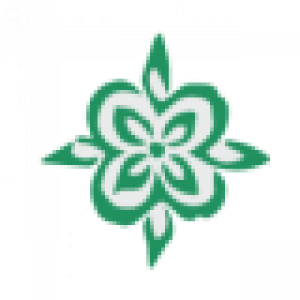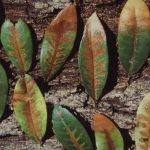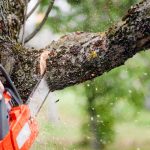Grass Problems
Healthy turfgrass has decent soil, organic material, and good drainage, but sometimes things don’t go as planned.

The good news is that if you follow the simple steps for care of grass outlined in our Maintenance pages, you will prevent most of the problems listed below. A healthy turfgrass will have decent soil and organic material for its roots, a variety of insects that balance the pests with the good bugs, and good drainage to avoid chronically wet areas. If any of these components are missing, review below for tips to correct them.
The two dominant insect problems that affect Texas lawns in the warm summer months are grubs and chinch bugs. Although these insect problems can have an impact on all turf types, St. Augustine varieties are more likely to have problem infestations. The presence of a few of either type of insect is generally not worthy of treatment and can cause longer term problems by challenging the balance of predator and pest insects. A general prevention method is to keep a balance between caring for your lawn well enough to keep it thick and healthy, but not over-watering or over-fertilizing in summer months. Very lush and tender growth promoted by excess irrigation and fertilizer attracts insect pests and provides great breeding grounds for them.
What’s Happening
We lose many plants to root rot during extremely wet seasons. The plant roots are damaged by staying wet over long periods. They sometimes don’t show the damage until hot weather causes stress, and the roots can no longer support the plant.
Threat Level
Serious after it gets started. When it is wet outside, an ounce of prevention is worth much more than a pound of cure.
Treatment
Spraying Iron Sulfate or Another Iron Source Dissolved in a Pail and Applied with Hose-end Sprayer is highly effective. A few folks are still spreading the idea that leaving dead leaves on the lawn contributes to yellow grass. This is not true. When grass clippings and leaves are cut, they add to the organic content of the soil and improve its health.
What’s Happening
Dead areas in grass that start during cool weather and can be worsened during the heat of the summer.
Threat Level
Low if caught early and problems leading to it are resolved.
| TREATMENT | CATEGORY | EFFECTIVENESS | NOTES |
|---|---|---|---|
| Avoid Excessive Watering or Fertilization | Good Garden Practice | High | Excess water and nutrients provide a great breeding ground for fungal disease. |
| Raise Up Area by Top-dressing with Compost or Landscape Mix | Organic Treatment and Good Garden Practice | High | Raising up the low spot addresses the underlying problem of poor drainage. A peat mix formulated for top dressing with acidity helps overcome the fungal problem. |
| Fungicide | Chemical Non-Organic | High | Get an accurate diagnosis of the specific problem before resorting to a fungicide treatment. Fungal treatments are specific to the disease. |
What’s Happening
Grubs are the larval stage of an insect that infest the softest and deepest portion of your soil. They feed on the roots of your grass and make it weak and moth-eaten in appearance. Severely damaged grass rolls up like carpet from lack of roots.
Threat Level
None, if there are no visual symptoms and grass looks healthy. If grass looks bad, check infestation level. Healthy grass that is not over-watered or over-fertilized will not tend to get bad grubs.
Treatment
Use Product Labeled for Grubs According to Package Instructions. Shovel out a portion of sod and soil. Turn it and count the number of grubs. If you count five per square foot, consider treatment. A smaller number will not cause much damage.
What’s Happening
Chinch bugs are tiny insects that infest the hottest portions of the yard. The worst damage is often in full sun areas or near curbs or driveways. These insects are only 3/16″ long and are hard to see.
Threat Level
During the summer, a few chinch bugs should be expected on lawns. They are only a problem if your lawn quality is starting to suffer. Patches of lawn that look yellow should be tested for cause and diagnosis.
Treatment
Use Product Labeled for Chinch Bugs According to Package Instructions. Before treating, check level of problem. Cut off both ends of a coffee can and push it into the areas of the yard that look damaged. Fill the can with water and watch insects rise to the surface. The presence of tiny insects is not a concern. Many of the same kind could be. Confirm the diagnosis with an expert before treating.
Related Video

Related Article






